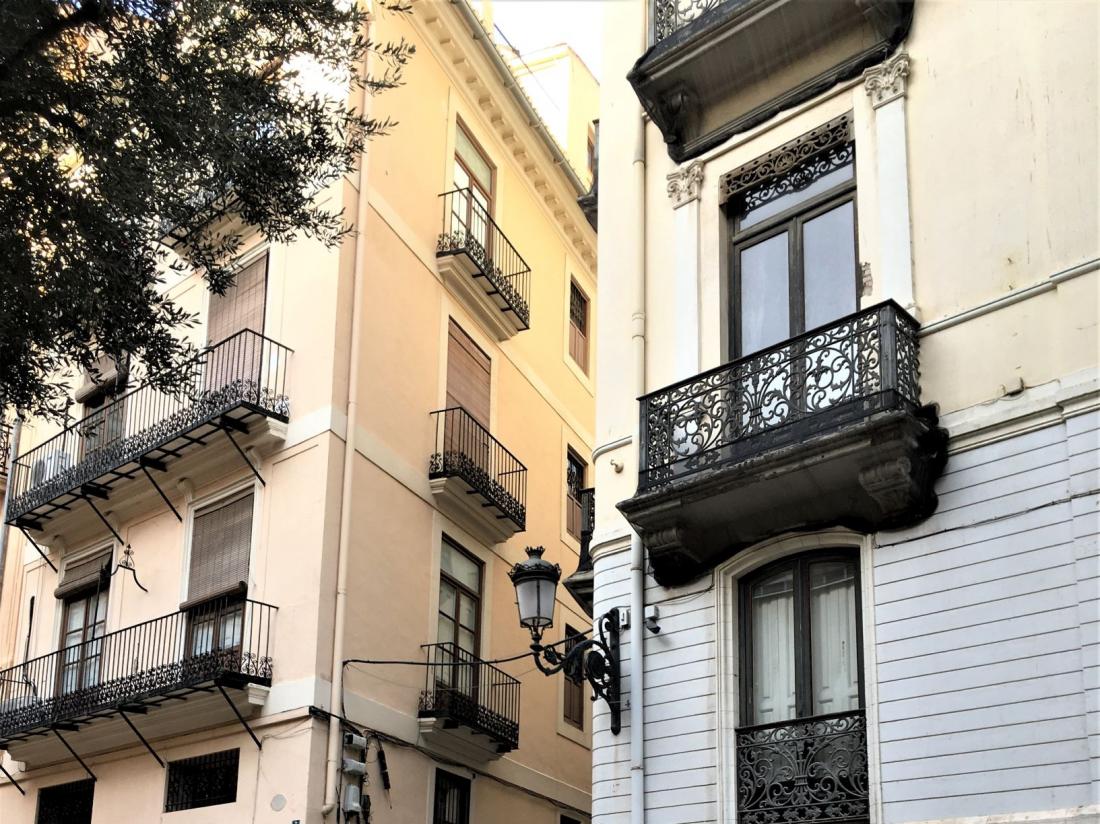Projet BEEP : découvrez le bâtiment pilote espagnol "Palau de Calatayud" à Valence

Contenu disponible uniquement en anglais.
The Valencian Regional Government (Generalitat Valenciana) has signed an agreement with the Valencia Institute of Building (IVE) so that the Palau de Calatayud becomes the Spanish pilot of the BEEP project. This building, located in València (Spain), meets the conditions required in the framework of the project in terms of size, improvement potential and heritage value.
Several meetings have been held between the technicians of Generalitat Valenciana and IVE to exchange information and documentation about the building, which was also visited recently.
The Palau de Calatayud is currently a set of three adjacent, interconnected over time buildings located in the historical, foundational centre of València:
- The Palau de Calatayud itself, a bourgeois building from 1907 which follows the eclectic style of the late 19th century.
- The extension of the Palau de Calatayud in 1913, following the same eclectic scheme.
- A building from 1987, built over the demolished Horno de los Apóstoles, an ancient bread oven from the 13th century.
The Valencian Regional Government adapted the building complex in the 1980s and used it for administrative purposes. Although it is currently in disuse, the project to renovate the building for further administrative use is currently in the planning stage.
Regarding the current status, while the original interior distribution of the Palau de Calatayud has practically been maintained to this day, the interior distribution, finishings and facilities of the 1913 extension and the former Horno de los Apóstoles are those typical of an administrative building of the 80s and 90s. Although, in both cases, all of them were removed to leave the structure visible in search of traces of the original building, no trace of the original layout has been preserved. With regard to the structure, the reinforcement and replacement of some structural elements will be required in certain areas.
Within the framework of the visit, some of the archaeological findings made during the archaeological work prior to the refurbishment project could also be seen, such as the largest wall from the Roman period in the city, an old wall from the 14th century, islamic and Roman remains. Also, some of the original floors of stoneware mosaics (Nolla) which came to light after the removal of the contemporary finishings in the initial phase of the refurbishment project.
More information about the BEEP project:
Website: http://www.enicbcmed.eu/projects/beep
Twitter: https://twitter.com/BEEP_EniCbcMed
Facebook: https://www.facebook.com/BEEPenicbcmed/







